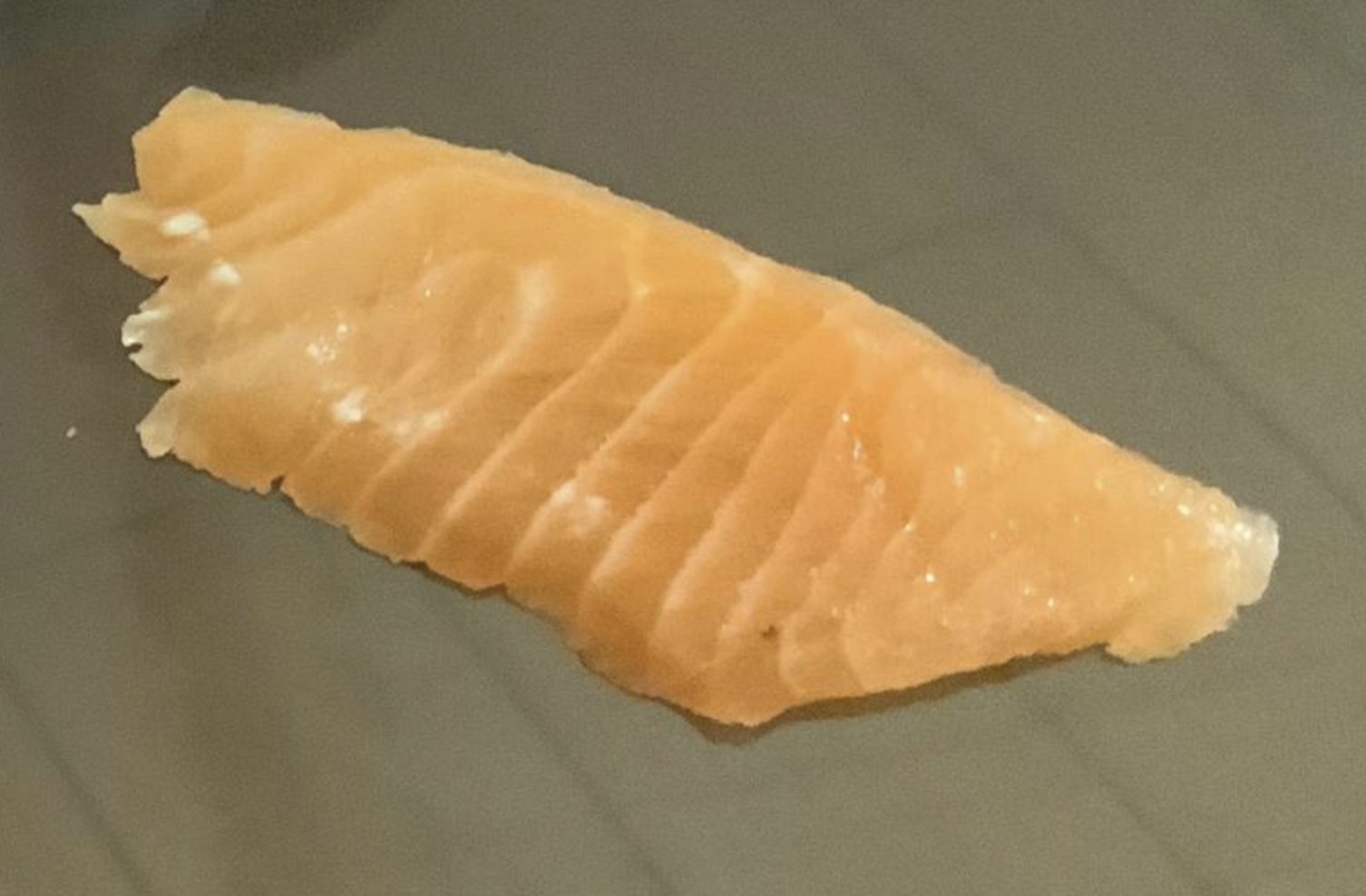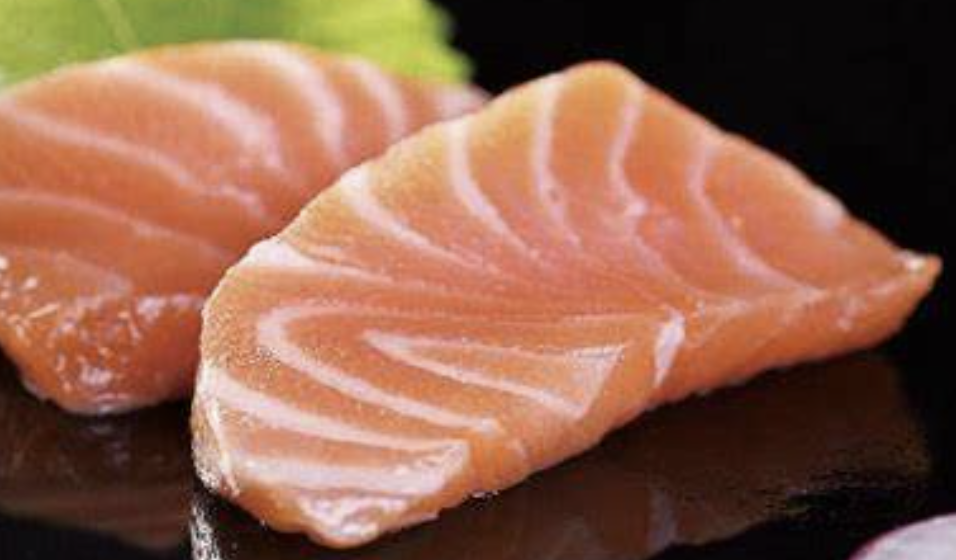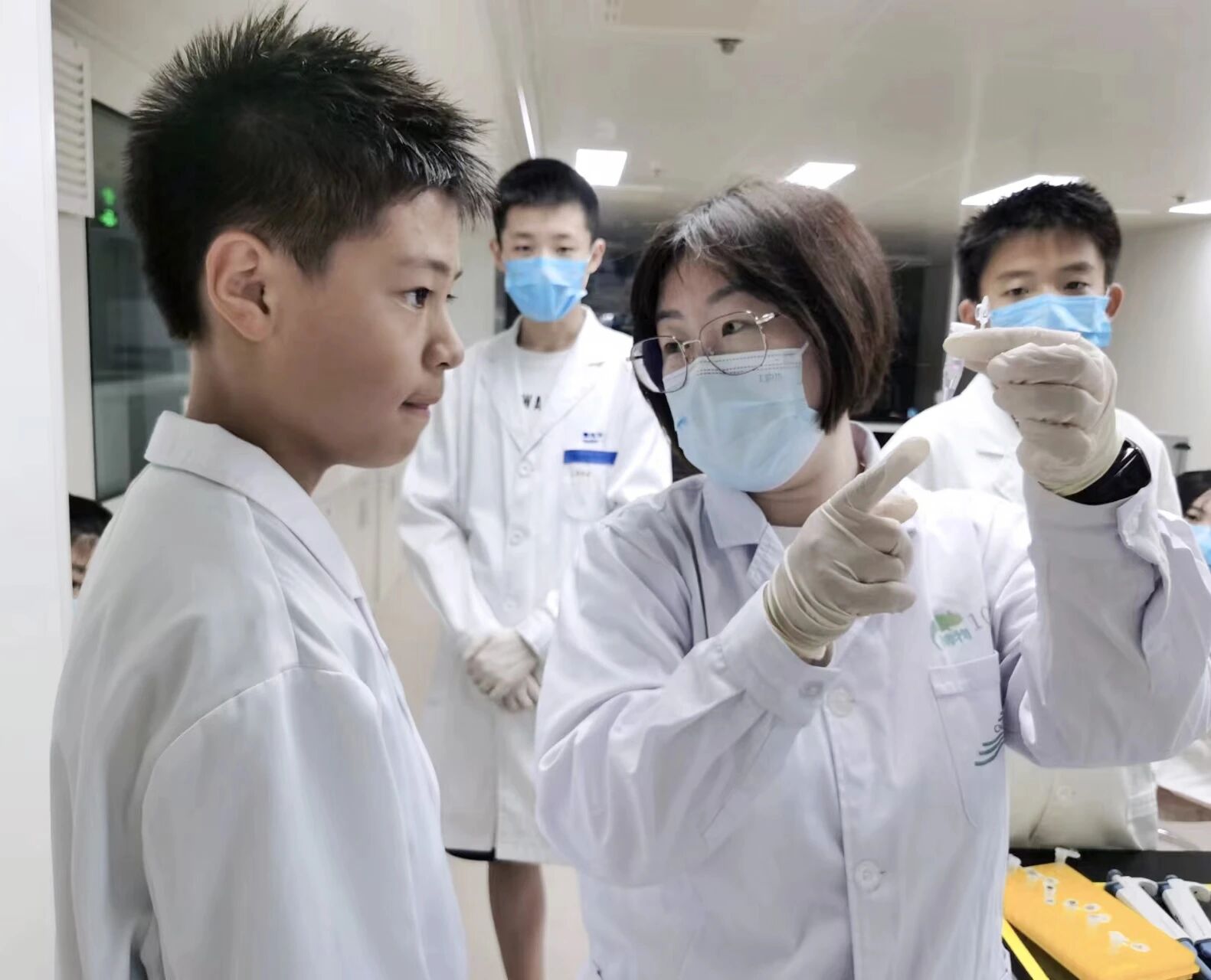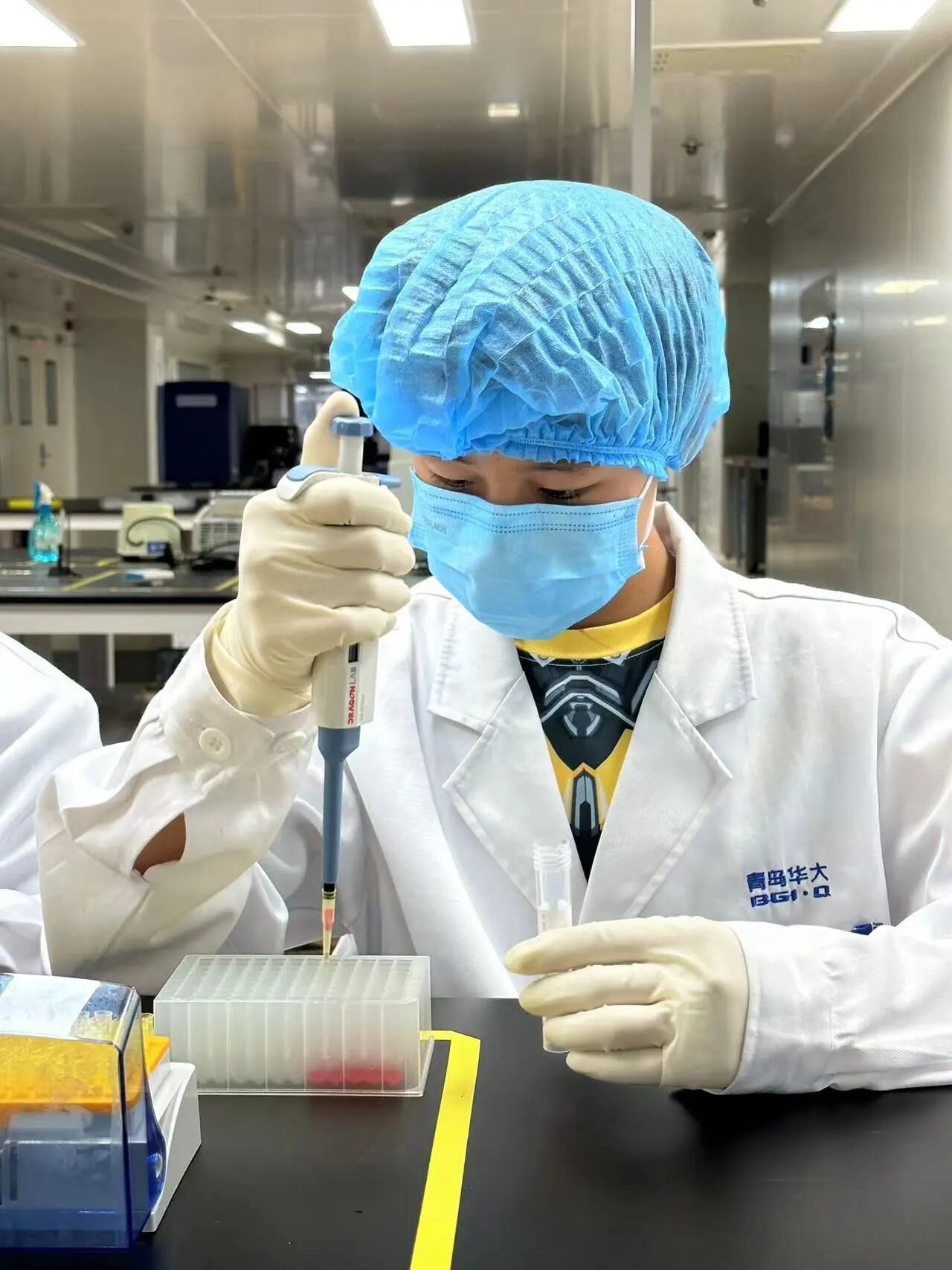- [课程通道] Gene Interference and Cat Allergen Silencing Research Project
- [课程通道]
- [科学少年] 2025-10-05
- [科学少年] 2025-10-02
- [科学少年] 2025-10-01
DNA Barcoding: The Science Behind Real and Fake Salmon 爱博物 2025-09-15

【Preface】
In the summer of 2023, Cai Xuanzheng, a student from Beijing Middle School, participated in the "Virus Identification and Species Determination" research project organized by IBOWU · JSR Academy at the Qingdao National Marine Gene Bank. This article is his reflection on the project, now shared with everyone. We welcome more JSR Academy students to contribute and share the wisdom and joy brought by science.
DNA Barcoding: The Science Behind Real and Fake Salmon
Reflections on the Virus Identification and Species Determination Research Project
By Cai Xuanzheng
In the vibrant city of Qingdao, from July 8 to July 13, I embarked on an unforgettable scientific journey with IBOWU · JSR Academy at the Qingdao National Marine Gene Bank. This experience allowed me to step through the doors of the gene bank and truly immerse myself in the world of genetics.
Prior to this, my understanding of the term "gene" was limited to brief encounters on platforms like Zhihu and Baidu. Although I frequently came across such information, my knowledge of genetics, especially "DNA barcoding" technology, remained superficial. Thus, filled with curiosity and anticipation, I began this exploration of genetics.
Even before the formal start of the program, during our visit to the gene bank, the instructors shared a story about real and fake salmon, giving us a more intuitive understanding of the practical applications of DNA barcoding technology.
The instructor first mentioned that in the market, rainbow trout and Atlantic salmon are often collectively referred to as "salmon." Although they look and taste very similar, they are actually two entirely different species biologically. Atlantic salmon primarily inhabit the North Atlantic, while rainbow trout are native to the Pacific waters of North America. Due to factors such as production costs and taste differences, Atlantic salmon is generally more expensive than rainbow trout. As a result, some vendors may mislabel rainbow trout as Atlantic salmon to maximize profits.


▲ Guess which one is the real salmon?
So, as consumers, how can we determine whether the salmon on the supermarket shelf is Atlantic salmon or rainbow trout? The instructor smiled and explained that while professional tasters might distinguish them based on taste and color, it is a very challenging task for the average consumer.
Then, the instructor introduced us to DNA barcoding technology. This technology extracts DNA from fish meat and analyzes it to accurately determine the species. Each organism's DNA sequence is unique, much like a human fingerprint, making DNA-based identification both precise and reliable. The instructor also explained how specialized equipment is used to extract DNA from fish samples and convert it into a DNA barcode. During analysis, these barcodes are matched against known biological databases to accurately identify the species.
Through this story, we learned about the important applications of DNA barcoding technology in food safety and consumer protection. It also deepened our understanding and practical experience of the genetic knowledge we had previously studied. I believe that as technology advances, DNA barcoding will be applied in even more fields, bringing greater convenience and security to people. DNA barcoding is a method for identifying biological species by analyzing a short segment of DNA sequence. This technology has already been widely used in fields such as biology, medicine, and forensics.

▲ Conducting DNA extraction experiments
In human ancestry analysis, DNA barcoding can help scientists identify specific ethnic groups or ancestral origins. This is achieved by comparing DNA sequence differences across ethnic groups, providing clues about migration, evolution, and other historical events.
In forensic applications, DNA barcoding technology plays a critical role. For example, at a crime scene, by extracting and analyzing biological samples left behind (such as hair or skin cells), forensic experts can identify suspects or victims. DNA barcoding provides an accurate and tamper-proof identifier, thereby improving the accuracy of criminal investigations.
Returning to my journey, although the concept of genes is relatively new in human history, their role in our bodies is crucial. From initial speculations by psychologists to later extraction and study of genes and their barcodes by scientists, genetics has gradually become a core field in modern medicine and biology. I was fortunate to be guided by instructors step-by-step into this fascinating field. At the gene bank, we not only learned rich theoretical knowledge but also gained hands-on experimental experience. Every lesson was filled with novelty and anticipation.
The instructors first taught us the basics of genetics and explained the principles and applications of DNA barcoding technology in detail. We also gained a deeper understanding of the importance of this technology. We were also privileged to visit the gene bank’s advanced laboratories and conference rooms.

▲ Conducting gene purification experiments
Of course, the most anticipated part for me was the electrophoresis test on the third day. In this process, we had to purify the fish meat multiple times and remove proteins, followed by centrifugation at 12,000 rpm. After a series of steps, we proceeded to the electrophoresis stage. The entire electrophoresis process was intricate, requiring careful gel preparation, addition of fluorescent dyes, electrophoresis analysis, and result visualization. Although the experimental results may not have been perfect, the experience and knowledge we gained were invaluable. The instructors also explained that electrophoresis technology has broad applications in real life, such as drug testing and virus research.
Reflecting on this journey, I have gained a deeper understanding of genetics. I found answers to many of my questions and developed a sense of excitement for future research directions. I am confident that this experience has planted a seed of passion for genetic research, and I look forward to continuing to explore this fascinating field in the future.
For more information, please contact the IBOWU advisor:
Teacher Zhang: 13910908618 (also WeChat ID)
Teacher Zha: 13910312020 (also WeChat ID)
About IBOWU · JSR Academy
JSR Academy™ is China’s first youth science academy initiated by non-governmental forces. It was launched by IBOWU, a well-known platform for youth scientific research and academic programs in China, with the aim of providing high-quality scientific practice platforms for Chinese youth.
JSR Academy has received investments from BGI Group, TAL Education Group, and Poly Group. With strong scientific and capital backing, JSR Academy has gathered dozens of multidisciplinary frontline scientists and partnered with dozens of university and research laboratory resources across China, the United States, Denmark, Norway, Singapore, Australia, and other countries. It is committed to providing students with advanced STEM academic programs and elite training plans, striving to cultivate the scientific spirit of Chinese youth and reserve talent for China and the global scientific community.



